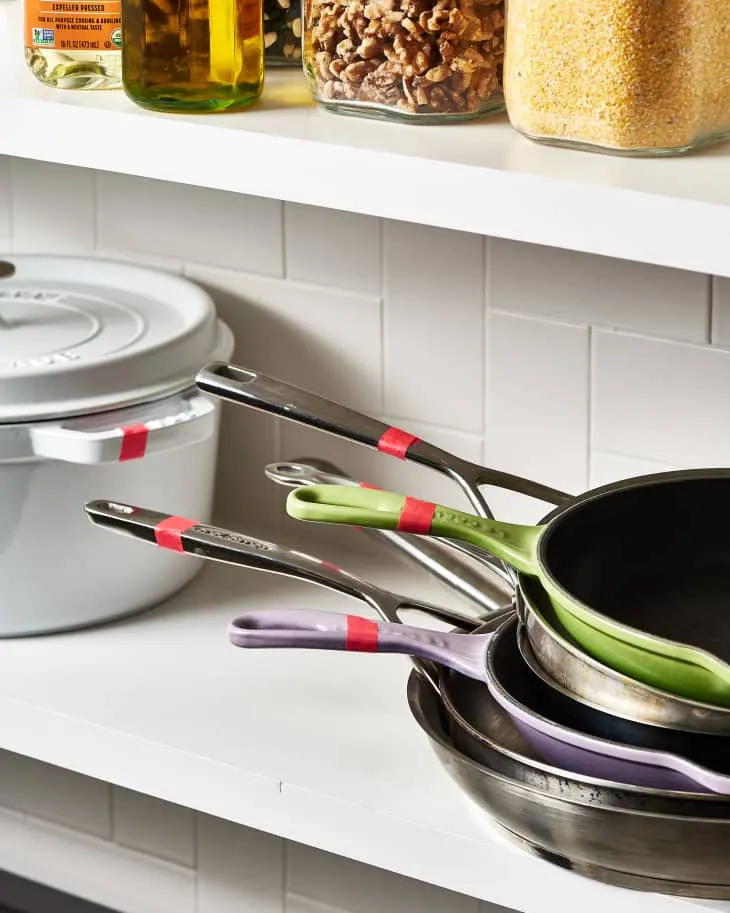Understanding Clutter Kitchen Decor
Clutter in the kitchen isn’t just an aesthetic problem; it significantly impacts functionality and overall well-being. A cluttered kitchen can make cooking and meal preparation a frustrating experience. Finding essential items becomes a treasure hunt, and the lack of clear surfaces limits your workspace. This guide delves into how to transform your kitchen from a chaotic space into an organized, functional, and visually appealing area. We’ll explore the root causes of kitchen clutter, provide strategies for decluttering, and offer tips for organizing your space. Embracing a clutter-free kitchen allows you to enjoy a more peaceful and efficient environment, making cooking and spending time in your kitchen a pleasure.
What Causes Kitchen Clutter
Identifying the root causes of kitchen clutter is the first step toward creating lasting change. One common culprit is a lack of sufficient or suitable storage. If you don’t have enough cabinets, drawers, or pantry space, items will inevitably accumulate on countertops and other surfaces. Another significant factor is impulse buying or accumulating duplicates. Many of us tend to buy kitchen gadgets and utensils that we rarely use, leading to a build-up of unnecessary items. Poor organization habits, such as not putting things away immediately after use, can also contribute to clutter. Finally, a lack of regular decluttering and maintenance allows clutter to grow unchecked. Addressing these underlying causes is key to developing a sustainable solution for a clutter-free kitchen.
The Psychological Impact of Clutter
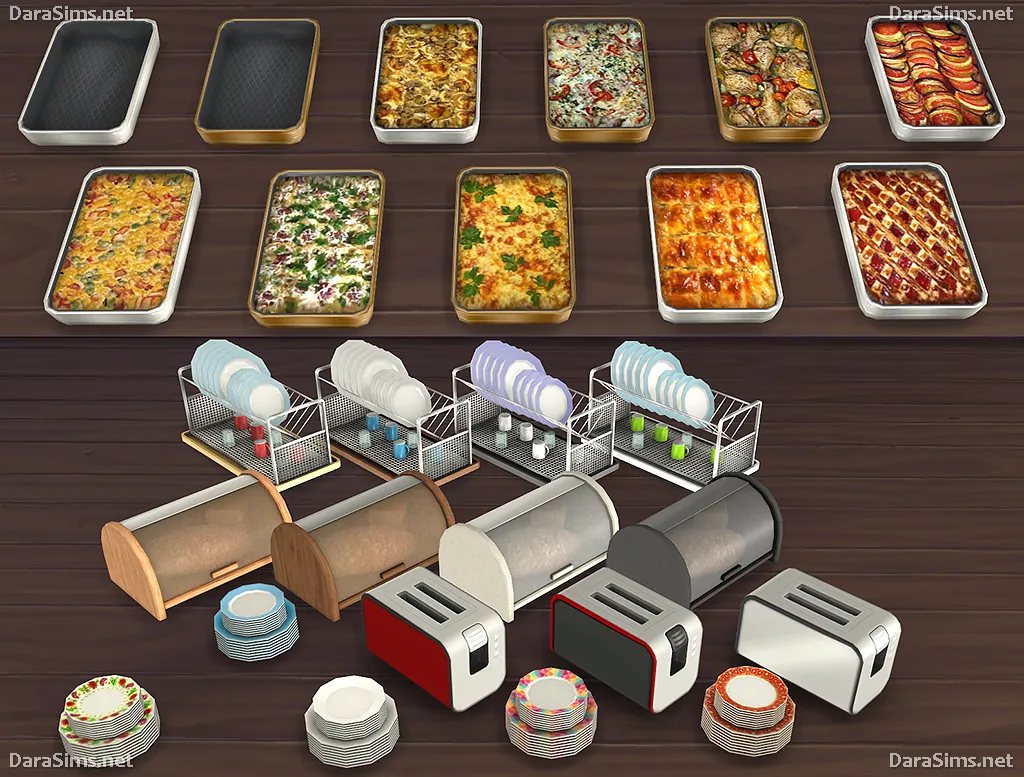
The impact of clutter extends beyond the physical realm, affecting our mental and emotional states. Studies have shown that a cluttered environment can increase stress levels, contributing to feelings of anxiety and overwhelm. It can also lead to decreased productivity and difficulty concentrating, as our brains are constantly processing visual distractions. Furthermore, a cluttered kitchen may make you feel embarrassed or ashamed, especially when guests are present. Conversely, a clean and organized kitchen promotes a sense of calm and control. It enhances our ability to focus, reduces stress, and fosters a more positive mood. This is why decluttering and organizing your kitchen is essential for both physical and mental well-being.
Declutter Kitchen Decor
Decluttering is the heart of transforming your kitchen. Before you start organizing, you need to get rid of unnecessary items. Begin by setting aside a block of time, ideally when you won’t be disturbed. Gather boxes or bins for different categories: keep, donate, sell, and trash. Go through each item methodically, asking yourself if you use it regularly, if it serves a purpose, and if you truly love it. If an item is broken, duplicates an existing item, or hasn’t been used in the past year (excluding seasonal items), consider letting it go. Don’t be afraid to be ruthless – the less you have, the easier it will be to maintain an organized kitchen. Remember, decluttering is a process, and it’s okay to do it in stages.
Assess Your Kitchen’s Clutter Zones
Identify specific areas in your kitchen that are prone to clutter. These zones can include countertops, inside cabinets, drawers, the pantry, and even the refrigerator. Start by visually scanning your kitchen and making a list of the areas that need the most attention. Often, problem zones include areas near the sink (where mail and dirty dishes accumulate), the countertop near the microwave or toaster, and the junk drawer. Other potential clutter zones include the pantry, often overstocked with expired food items, and cabinets filled with rarely-used appliances and cookware. Focusing on these areas will help you declutter more efficiently and target the areas where clutter is most problematic.
Purge Unnecessary Items
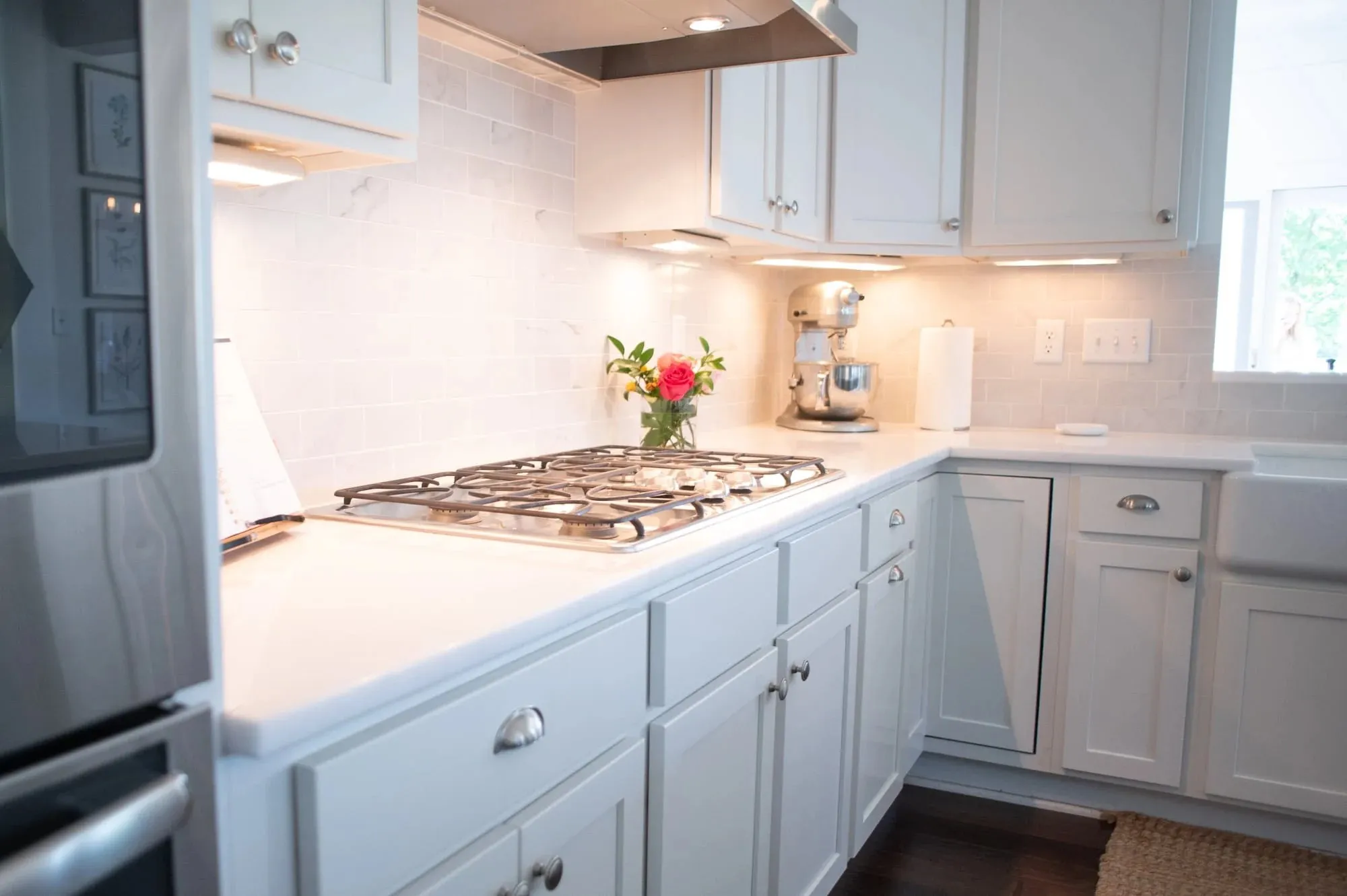
Now it’s time to get rid of the clutter. Begin by emptying out each clutter zone you’ve identified. As you empty each space, categorize items into the keep, donate, sell, and trash piles. Be honest about what you truly need and use. Discard expired food items, chipped dishes, and broken appliances. Donate items you no longer use but are still in good condition to local charities. Consider selling valuable items online or at a consignment shop. Remember, the goal is to reduce the overall volume of items in your kitchen. The less you have, the easier it will be to keep your kitchen organized.
Donate or Sell
Once you’ve sorted your items, it’s time to determine what to do with the donate and sell piles. For items in good condition that you no longer need, consider donating them to a local charity, thrift store, or women’s shelter. Not only will you be decluttering your kitchen, but you’ll also be supporting your community. For items that have value, such as gently used appliances, cookware, or decorative items, consider selling them online through platforms such as eBay, Facebook Marketplace, or Craigslist. You can also host a yard sale or consign the items to a local shop. This is a great way to recoup some of the money you spent on items you no longer need while decluttering your space.
Organizing Kitchen Decor
Once you’ve decluttered, the fun part begins: organizing your kitchen. This involves creating systems and implementing storage solutions that will make it easy to maintain order. The key is to find storage solutions that fit your needs and the layout of your kitchen. Consider the items you use most frequently and place them within easy reach. Evaluate how you can maximize vertical space by utilizing shelves, racks, and organizers. Aim to create a place for everything, and make it easy to put items back in their designated spots. A well-organized kitchen makes it easier to cook, eat, and enjoy your space.
Optimize Kitchen Storage Solutions
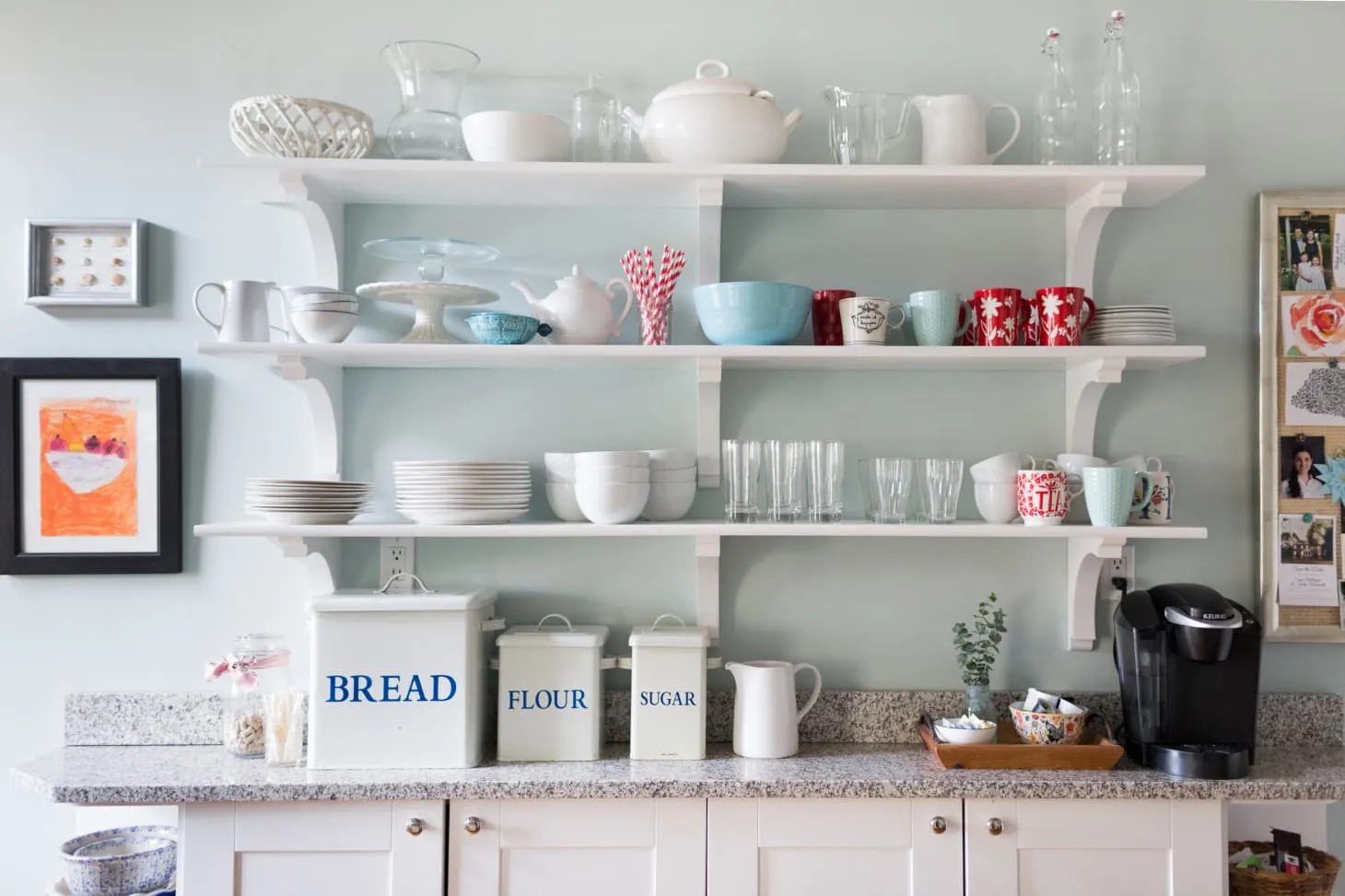
Choose storage solutions that are tailored to your kitchen’s layout and your specific needs. For cabinets, consider installing pull-out shelves, which allow you to easily access items stored in the back. Utilize shelf risers and dividers to maximize vertical space and keep items from toppling over. In drawers, use dividers and organizers to separate utensils, silverware, and other small items. For the pantry, use clear containers to store dry goods and label them for easy identification. Consider using lazy Susans for spices and other items that you need to access frequently. Explore different storage options to determine what best fits your needs and your kitchen layout. The best solutions are those that make it easy to find and put away items.
Utilize Vertical Space
Don’t let vertical space go to waste. Add shelves above the countertops, inside cabinets, and even on the walls. Consider using over-the-door organizers for spices, cleaning supplies, or other small items. Install pot racks or hanging systems to free up cabinet space. For the pantry, add adjustable shelving to accommodate different-sized items. Utilizing vertical space not only provides additional storage but also makes your kitchen appear more spacious and organized. Vertical storage solutions are especially beneficial in smaller kitchens where space is at a premium. Maximize all available space by thinking vertically and finding solutions that work best for your needs.
Organize Countertops
Keep countertops clear and functional by only keeping essential items out. Store small appliances that you use daily, but consider storing larger appliances that are used less frequently in cabinets or a pantry. Use a utensil holder to keep cooking utensils within easy reach, and a spice rack to keep spices organized. Consider using a decorative tray to corral items and create a more cohesive look. Clear countertops create more workspace, making meal preparation and other kitchen tasks easier and more enjoyable. Regularly wipe down your countertops and remove any unnecessary items to maintain a clean and organized appearance.
Decorating Your Clutter-Free Kitchen
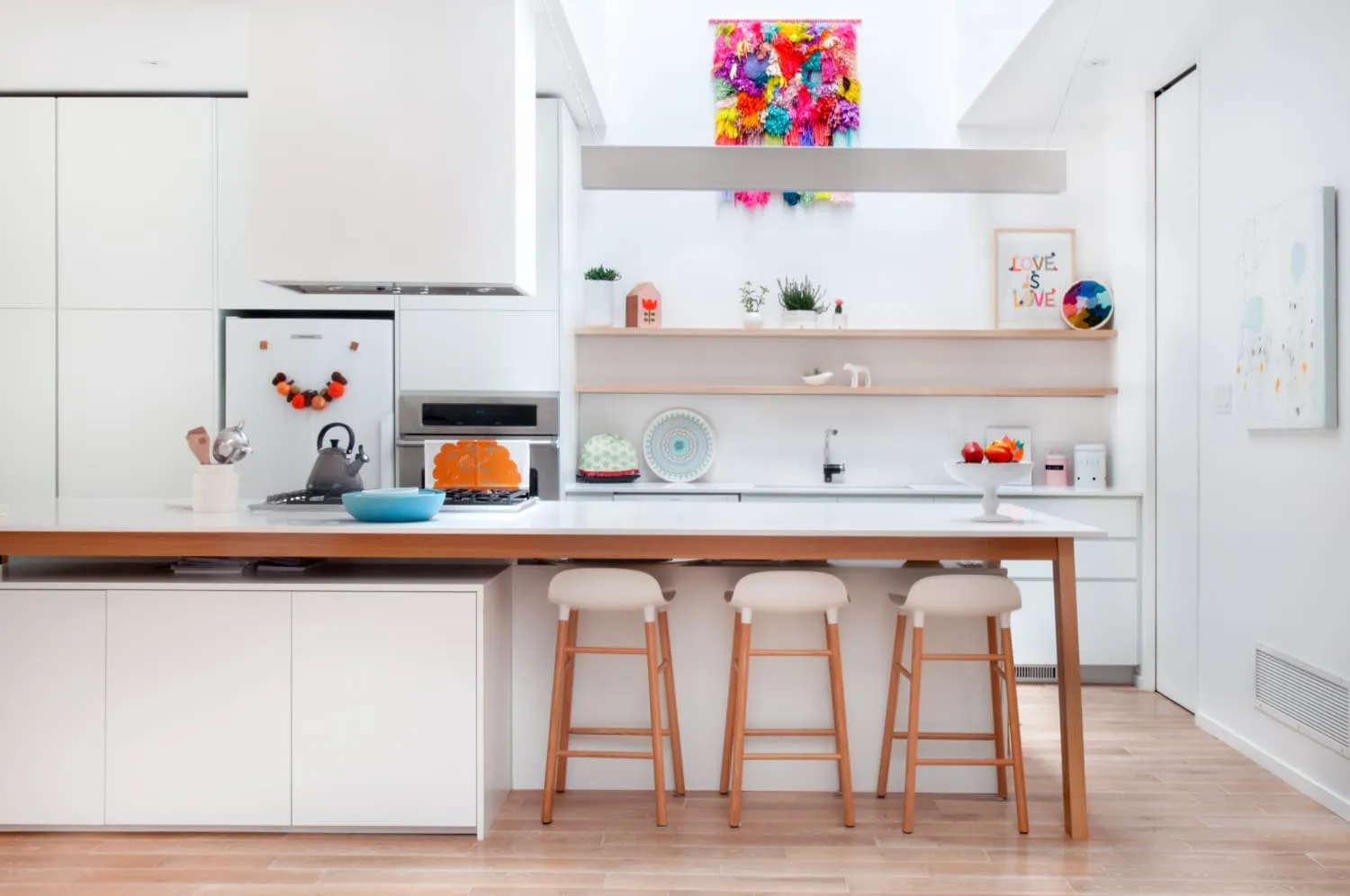
Once your kitchen is decluttered and organized, you can focus on decorating. Choose items that are both functional and aesthetically pleasing. Add decorative elements that complement your style while keeping the overall space uncluttered. Consider adding a few well-chosen accessories such as a stylish cookbook stand, a decorative tray, or a piece of artwork to add personality to your kitchen. The key is to create a cohesive and inviting space that reflects your taste. Embrace minimalism and select only items that you truly love and use. The goal is to create a kitchen that is both beautiful and practical, a space you enjoy spending time in.
Choosing Functional and Decorative Items
When choosing decorative items, prioritize those that serve a function. For example, a beautiful cutting board or a set of elegant serving dishes can be both decorative and practical. Opt for items that match your personal style, whether it’s farmhouse chic, minimalist, or something else entirely. Be mindful of the amount of items you bring into your kitchen; choose a few key pieces rather than cluttering your space. Consider adding items that bring you joy, such as a favorite piece of art or a collection of plants. By selecting items that are both functional and decorative, you can enhance your kitchen’s appearance without contributing to clutter.
Creating a Kitchen Aesthetic
The goal is to create a cohesive and visually appealing kitchen aesthetic that reflects your personality and style. Start by choosing a color palette and sticking to it. This will help you avoid a cluttered look. Use decorative elements, such as open shelving to display a few carefully chosen items, or a decorative backsplash to add visual interest. Consider adding plants to add a touch of life and freshness. Maintain a minimalist approach by selecting only items that you love and use. Aim to create a space that feels both functional and inspiring, reflecting your personality and style. By creating a well-defined aesthetic, you can transform your kitchen into a space you enjoy spending time in.
Maintain Your Clutter-Free Kitchen
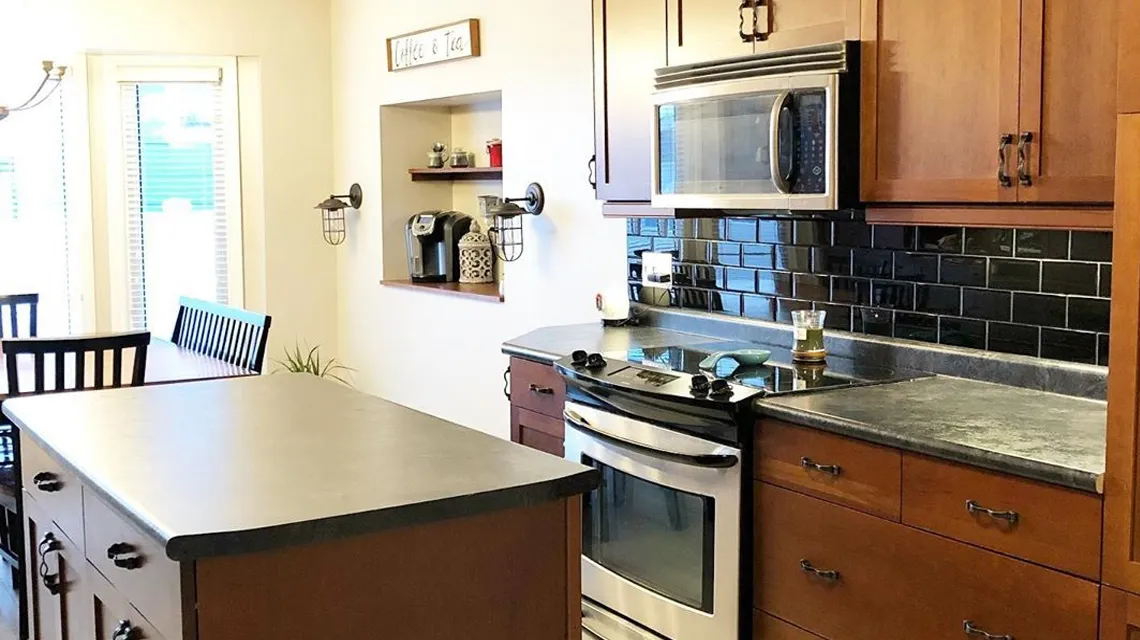
Maintaining a clutter-free kitchen requires a conscious effort to keep things tidy. Establishing routines and habits will help you stay organized and prevent clutter from building up again. This includes putting items back in their designated place immediately after use, wiping down surfaces daily, and doing a quick clean-up before you leave the kitchen. Regular maintenance is essential to prevent clutter from creeping back into your kitchen. By implementing these habits, you can enjoy a clean, organized, and functional kitchen for years to come.
Establish a Routine
Create a daily or weekly routine for maintaining your kitchen’s organization. This could include wiping down counters after each meal, loading the dishwasher, and putting away any items that are out of place. Schedule a few minutes each day to tidy up and put things back in their proper spots. For a more thorough approach, you might dedicate a few minutes each week to decluttering a specific area of your kitchen. These small, consistent efforts will go a long way toward maintaining a clutter-free kitchen. By incorporating these routines into your daily or weekly schedule, you’ll be able to prevent clutter and ensure your kitchen remains a tidy, functional space.
Regularly Assess and Adjust
Your needs and habits may change over time, so it’s important to regularly assess your kitchen’s organization system. Every few months, take a look at your storage solutions and determine if they are still working for you. Are you still using the items in the same way? Are there any areas that are consistently cluttered? Adjust your storage solutions and organizational systems as needed to accommodate changing needs and habits. If a system isn’t working, don’t be afraid to make changes. Decluttering is an ongoing process, and regular assessment will help you keep your kitchen organized and functional. By adapting your systems to fit your evolving needs, you can ensure your kitchen remains a space you enjoy.
